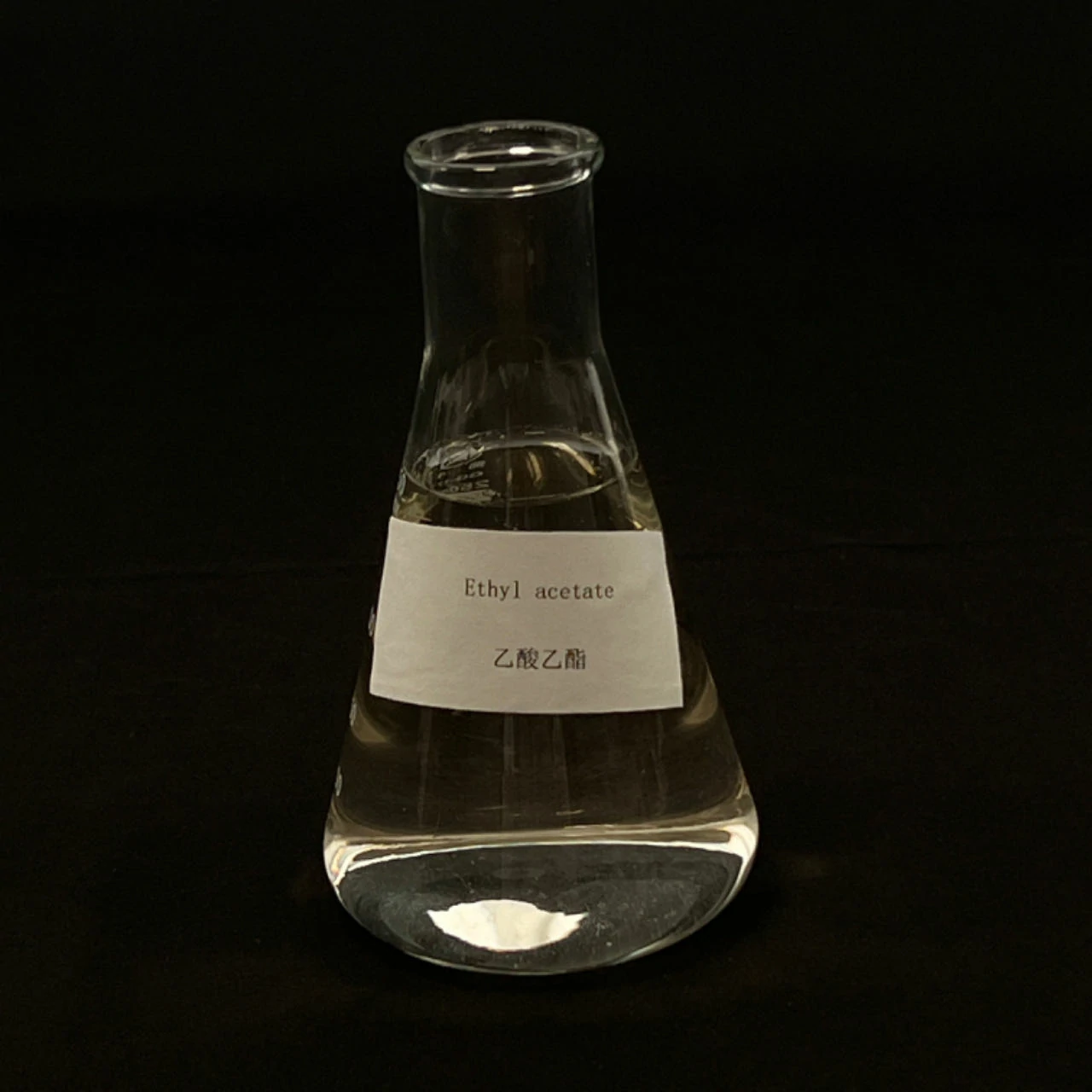Ethyl acetate can influence the drying mechanism of coatings and adhesives in several ways:
- Evaporation Rate: Ethyl acetate is a volatile solvent with a relatively fast evaporation rate. When used as a solvent in coatings or adhesives, it evaporates quickly upon application, leaving behind a dry film or adhesive bond. This rapid evaporation accelerates the drying process, allowing coatings and adhesives to cure or set more quickly.
- Flash Point: Ethyl acetate has a low flash point, which means it can easily ignite and burn. The rapid evaporation of ethyl acetate during the drying process can generate heat, aiding in the removal of moisture and accelerating drying. However, it is important to control the application and drying conditions to prevent fire hazards associated with the volatile nature of ethyl acetate.
- Solvent Action: Ethyl acetate acts as a solvent for many resins, polymers, and additives commonly used in coatings and adhesives. It helps dissolve and disperse these components, facilitating their application and enabling the formation of a uniform film or bond. China Ethyl Acetate manufacturers The solvent action of ethyl acetate can enhance the flow and leveling properties of coatings and adhesives, resulting in smooth and even finishes.
- Compatibility: Ethyl acetate is compatible with a wide range of resin systems, including acrylics, alkyds, and polyurethanes. Its compatibility with various resins allows for the formulation of coatings and adhesives with desired properties such as adhesion, flexibility, and durability. Ethyl acetate can be used alone or in combination with other solvents to achieve specific performance requirements.
- VOC Content: Ethyl acetate is classified as a volatile organic compound (VOC) and may contribute to air pollution if emitted into the atmosphere. When formulating coatings and adhesives, it is important to consider the VOC content and regulatory limits to comply with environmental regulations. Low VOC formulations may be preferred to minimize emissions and environmental impact.
Overall, ethyl acetate influences the drying mechanism of coatings and adhesives by accelerating evaporation, aiding in moisture removal, acting as a solvent for resins and additives, enhancing compatibility, and contributing to VOC content. Its fast-drying properties and solvent action make it a valuable ingredient in many coating and adhesive formulations, enabling efficient application, rapid curing, and high-quality finishes. However, proper handling, storage, and ventilation are essential to ensure safety and regulatory compliance when using ethyl acetate-based coatings and adhesives.
